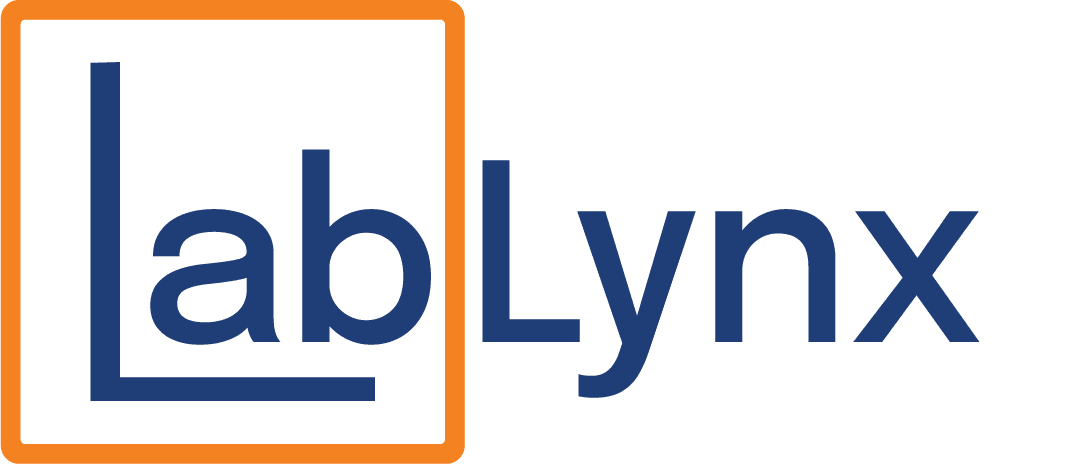Enhancing Quality Control in Laboratories: The Role of Control Charts in LabLynx LIMS
In the realm of laboratory management, ensuring consistent quality and operational excellence is paramount. Control charts, a fundamental tool in statistical quality control, play a critical role in monitoring and improving laboratory processes. Integrated within Laboratory Information Management Systems (LIMS), control charts enable laboratories to maintain high standards of quality and efficiency. LabLynx LIMS incorporates advanced control chart functionalities, empowering laboratories to monitor key performance indicators, identify trends, and make data-driven decisions. This article explores how control charts are integrated into LIMS and the benefits of using LabLynx LIMS to enhance laboratory quality control.
The Importance of Control Charts in LIMS
Control charts are used to plot data points over time and measure variations in processes, helping laboratories detect any deviations from normal operations. By integrating control charts within a LIMS, laboratories can automate the tracking of quality control data and gain immediate insights into their operational stability. This integration is crucial for laboratories aiming to comply with quality standards such as ISO 17025, CAP, or CLIA, which require rigorous process monitoring and data integrity.
Key Benefits of Integrating Control Charts with LabLynx LIMS
LabLynx LIMS offers robust control chart capabilities, providing significant advantages to laboratories across various industries:
- Real-Time Process Monitoring: LabLynx LIMS enables continuous monitoring of laboratory processes through real-time control charts. This immediate feedback allows laboratory personnel to quickly detect and address process variations, reducing the risk of errors and enhancing overall quality.
- Enhanced Data Integrity: With control charts integrated directly into LabLynx LIMS, data is automatically collected and plotted from the LIMS database. This automation minimizes manual data handling, thereby enhancing data accuracy and integrity.
- Improved Regulatory Compliance: LabLynx LIMS helps laboratories meet strict regulatory requirements by providing detailed control charts that document compliance with quality standards. The ability to quickly produce accurate and comprehensive control data is invaluable during audits and inspections.
- Increased Operational Efficiency: By identifying trends and potential issues early, control charts in LabLynx LIMS enable laboratories to proactively manage quality control, rather than reacting to problems after they occur. This proactive approach saves time and resources, ultimately increasing laboratory throughput.
- Scalability and Customization: LabLynx LIMS offers scalable and customizable control chart options, allowing laboratories to tailor the tool to specific tests, processes, or regulatory needs. This flexibility ensures that laboratories of all sizes and specialties can effectively utilize control charts to monitor various parameters.
Challenges of Implementing Control Charts in LIMS and LabLynx’s Solutions
While integrating control charts into a LIMS is highly beneficial, it can present challenges such as managing the large volumes of data generated and ensuring that staff are trained to interpret control charts correctly. LabLynx addresses these challenges through:
- Advanced Data Management: LabLynx LIMS is equipped to handle large datasets efficiently, ensuring that control charts are updated in real time without lag or system overload.
- Comprehensive Training and Support: LabLynx provides extensive training and ongoing support to ensure that laboratory staff are proficient in using control charts within the LIMS. This education helps laboratories maximize the benefits of their LIMS and control chart functionalities.
The integration of control charts into LabLynx LIMS represents a significant advancement in laboratory quality control management. As laboratories continue to face the pressures of maintaining high-quality standards and operational efficiency, the role of sophisticated LIMS solutions with embedded control chart capabilities becomes increasingly critical. With LabLynx LIMS, laboratories are equipped with the tools to effectively monitor and improve their processes, ensuring quality, compliance, and efficiency in their operations.


